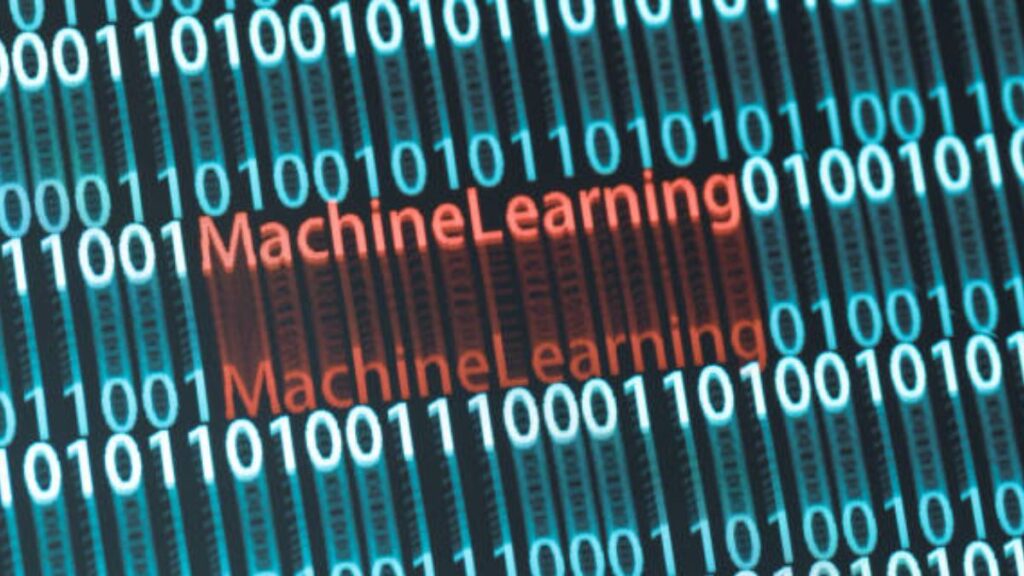Have you ever been amazed by a product recommendation that felt tailor-made for you? In fact, many people encounter Machine Learning daily without realizing it. This guide cuts through the technical jargon to give you a clear and friendly introduction. Consequently, you will learn what Machine Learning is, how it fundamentally works, its main types, and its exciting real-world applications that are shaping 2025.
What Exactly is Machine Learning?
Let’s start with a clear definition. Machine Learning is a branch of artificial intelligence (AI) that focuses on building systems that learn from data and improve over time without constant human intervention. Instead of following rigid instructions, these systems use algorithms to identify patterns and make data-driven decisions.
Think of it like teaching a child to identify animals. You show them many pictures, and they learn to recognize a dog by its common features. Similarly, a Machine Learning model processes vast amounts of data to develop its own understanding. As a result, this capability makes it incredibly versatile for tackling complex tasks.
How Machine Learning Systems Learn: The Core Process
The journey of a Machine Learning model from data to intelligence follows a structured workflow. Therefore, understanding this process is key to demystifying how these systems operate.
The Step-by-Step Machine Learning Workflow
-
Data Collection: This is the crucial first step. For instance, the model needs data to learn from, which can include numbers, text, images, or sounds.
-
Data Preparation: Next, raw data is often messy and unstructured. In this phase, data is cleaned and transformed into a suitable format for the algorithms.
-
Model Training: This is the heart of the learning process. A chosen algorithm analyzes the data, identifies patterns, and continuously adjusts its internal parameters to minimize errors. In other words, the model is “learning” the relationships within the data.
-
Model Evaluation: How do we know if the model has learned correctly? Afterward, we test it on a separate, unseen dataset. This evaluation measures its accuracy and performance.
-
Model Deployment: Finally, once the model performs satisfactorily, it is integrated into a real-world application where it can make predictions autonomously.
The Three Primary Types of Machine Learning
Machine Learning isn’t a one-size-fits-all approach. Generally, we categorize it into three main learning paradigms, each suited for different kinds of tasks.
1. Supervised Learning: Learning with a Guide
This is the most common approach. The model trains on a labeled dataset, where every input data point is paired with the correct output.
-
Analogy: It’s like using flashcards with answers on the back to study for a test.
-
Primary Goal: To predict accurate outcomes for new, unseen data based on past examples.
-
Common Examples: Email spam filters and predictive text systems on your smartphone.
2. Unsupervised Learning: Finding Hidden Patterns
-
Analogy: Organizing a messy closet by grouping similar items together without any pre-defined categories.
-
Primary Goal: To discover unknown patterns, clusters, or relationships within the data.
-
Common Examples: Customer segmentation for targeted marketing campaigns and genetic research.
3. Reinforcement Learning: Learning Through Trial and Error
Furthermore, a third type involves an intelligent agent that learns to make decisions by interacting with a dynamic environment. The agent receives rewards for good actions and penalties for bad ones.-
Analogy: Teaching a dog a new trick; it receives a treat for a correct action and nothing for an incorrect one.
-
Primary Goal: To learn the optimal sequence of actions that will maximize cumulative reward.
-
Common Examples: Advanced AI systems that master complex games and the decision-making systems in autonomous robots.
Machine Learning in Action: Transforming Industries in 2025
Today, Machine Learning is actively reshaping our world. For example, here are some of the most impactful applications you likely encounter.
-
Personalized Recommendations: Streaming services like Netflix and Spotify use sophisticated recommendation engines to suggest movies and music you’ll love.
-
Intelligent Healthcare: ML algorithms assist radiologists by analyzing medical images like X-rays and MRIs to detect early signs of diseases.
-
Financial Security: Banks and credit card companies deploy ML models for fraud detection. Consequently, these systems analyze transaction patterns in real-time to flag and block suspicious activities.
-
Natural Language Processing (NLP): Similarly, voice assistants like Siri and Alexa use ML to understand, process, and respond to human language in a meaningful way.
The Road Ahead: Getting Started with Machine Learning
In summary, we have now explored the core concepts of Machine Learning, from its foundational principles to its real-world impact. Therefore, understanding its basics is the first step toward engaging with the intelligent systems of today and tomorrow.
The best way to solidify this knowledge is to see it in practice. For this reason, we encourage you to explore interactive platforms like Kaggle or Coursera, which offer free beginner-level courses and tutorials where you can build your first simple model. Start your hands-on journey today and unlock a deeper understanding of this transformative field.



